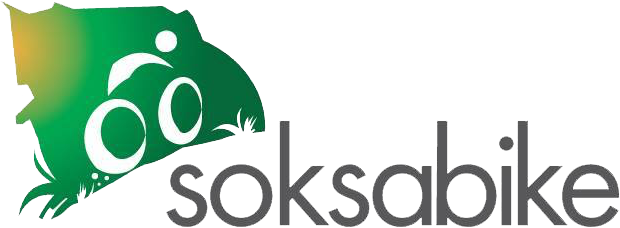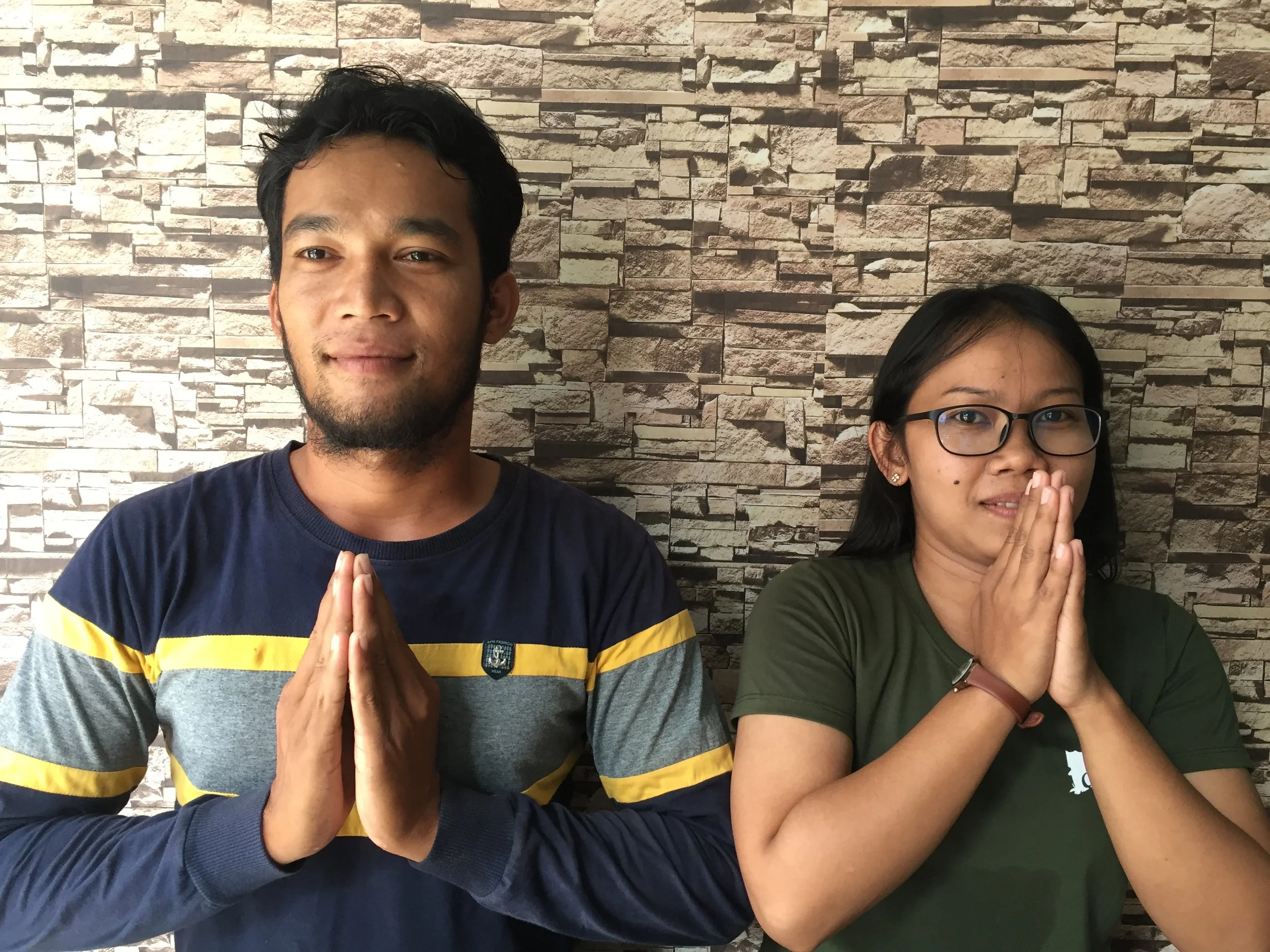Khmer Lesson for Your Beautiful Holiday In Battambang
My name is Mony. I am originally form Battambang. I have been a guide at Soksabike for four years. I graduated from a university in Battambang in 2013. My major was Khmer literature. I have shared some of khmer words with all my guests who come on tour with Soksabike. Here I would like to share some of Khmer words with you too. I encourage you to try to speak some Khmer when your visiting Cambodia. There is no stress at all to practice your local language with locals, they are very friendly and this might end with you having more fun on your holiday.
When I first started my English class. I was completely unable to read. One of my classmates was able to read it. I ask myself, how come? It was only drawing for me. After I had started for a while, I got some of the spelling. I tried to speak but it was not the correct pronunciation. We call this learning stage of speaking K-english. K-english is English-Khmer pronunciation. You might not understand K-english even though you are native English speaker. After having lot of practice and by practicing with foreigners my English is now very good. So there is no reason to be be shy speak the local languages when you are on holiday. My fellow tour guides and I have all gone through the process and would love to help you learn. It is not about right or wrong, it is about experiencing. It will be more fun with those mistakes and the connections you make with locals.
Now I will share some simple words and phrases that might be useful for you to use when you are in Cambodia.
Hello and Goodbye:
Soksabike’s staffs demonstrating som peah in khmer style
Cambodian people have a strong cultural heritage and some of this is represented in the language through greetings. They love what they have been practicing and keep passing these traditions on to new generations. For example, the way to greet each other is different depending on the ages and ranks of the people in the society.
We can say Hello and Goodbye in two ways, Su S’dey or Chumreap Su, Lea hey or Chumreap Lea.
Su S’dey is normally used between friends to say “hello” in Cambodia. When people say this word, they don’t do any gesture. It is used like Hello or Hi. Lea Hey is also used in this situation for saying goodbye. These words are not formal ways of greeting in Cambodia. When people visit someone’s house or meet people older than them, a teacher or an officer, they would never use the word Su S’dey. They would use the word Chumreap Su instead.
Chumreap Su is the formal word for Cambodian’s greeting. When people say this word, they always do hand-gestures at the same time. The hand use use this word, they do it with the greeting gesture. It is called Som Peah. Som Peah is putting your left and right palms face to face together. The Som Peah is put higher and higher depending on ages and ranks of people when they say Chumreap Su. They put Som Peah on their chest for greeting to people who younger or their friend, and putting on the mouth for elder, on the nose for parents and master, in between their eyebrow for monk and the last one is on forehead for praying. Chumreap Lea is the formal way to say goodbye. It is used in the same situation as Chumreap Su.
Soksabike’s staff demonstrating som peah in khmer style
Orkun / Thank you
We say Orkun for thank you. Sometimes, people say Orkun Jren to express to their feeling that they really thanks for that offering or helping. It also shows how it is important the offering is.
Soksaby / How are you?
Soksabay is a common greeting used before getting into the real conversation. Soksabay is the short cut of the sentence of “How Are You?” in Khmer. The real sentence is Teu Neak Soksaby Te? To be easier people say Soksabay? Soksabay has three different meanings. Soksabay means “How are you?”, “I’m fine”, and “have a good day with blessings.” So a common response to someone asking you “Soksabay” is “Soksabay”. When you are here, you might hear kids say hello to you using Soksabay. For this situation you can use Soksabay instead of the hello back to them. They will be appreciated that.
It is my pleasure to share with you this Khmer words. I hope it could be a party of helping you to get more fun and a great experience on your holiday. I will share more words in the next post to be continue.


